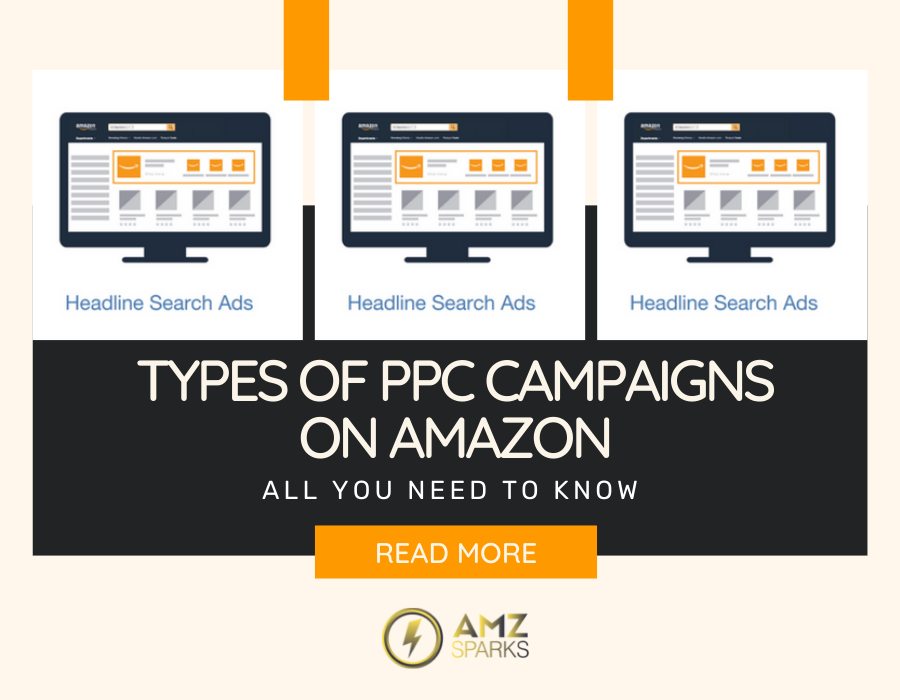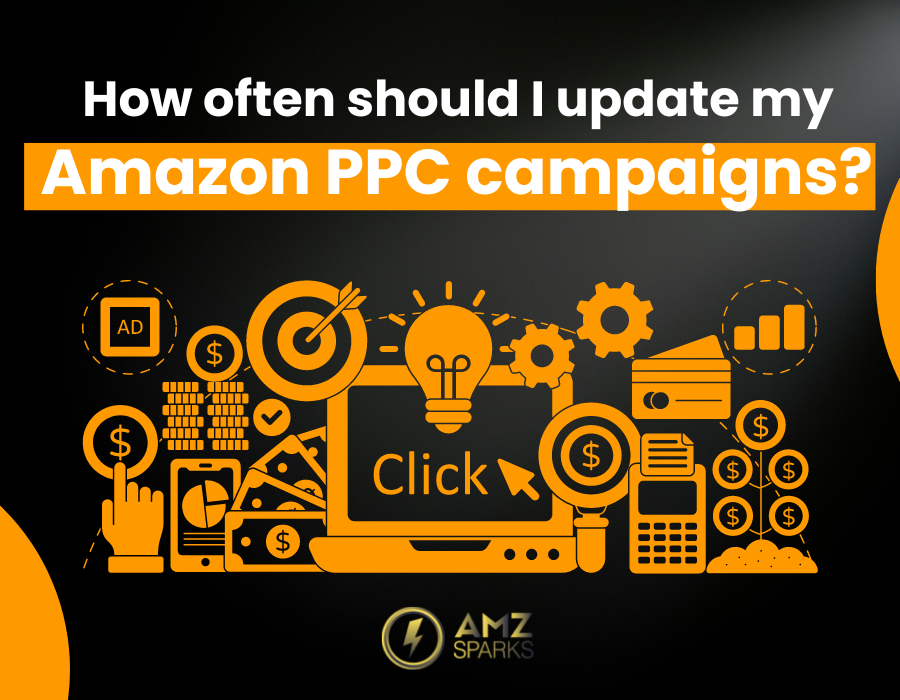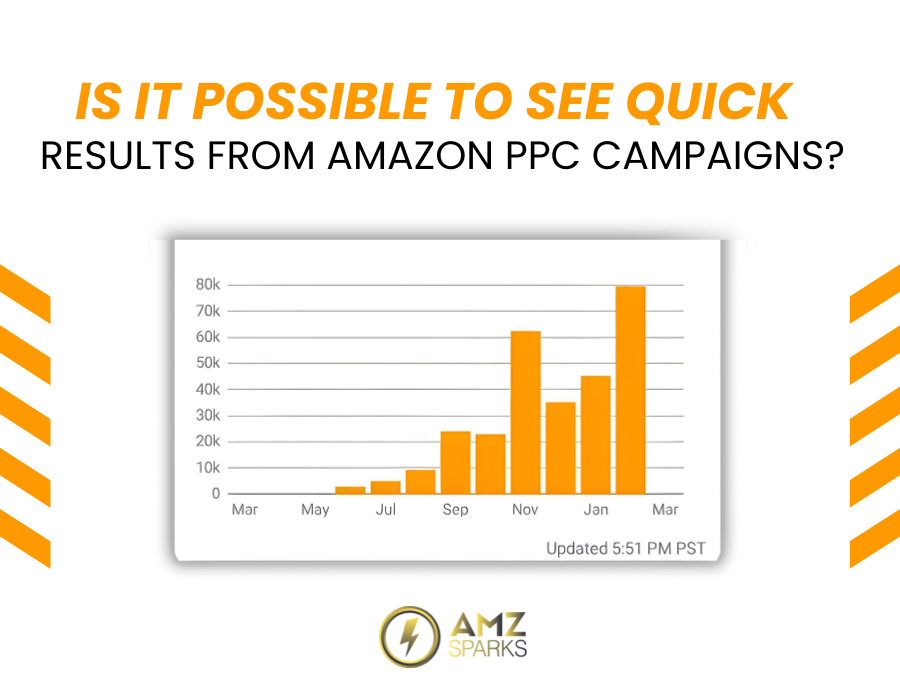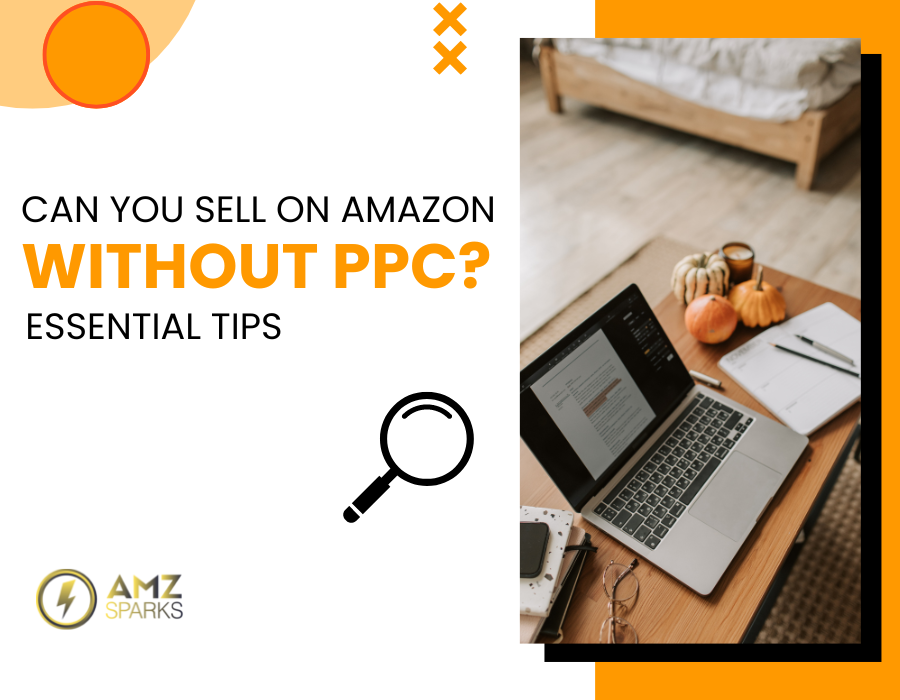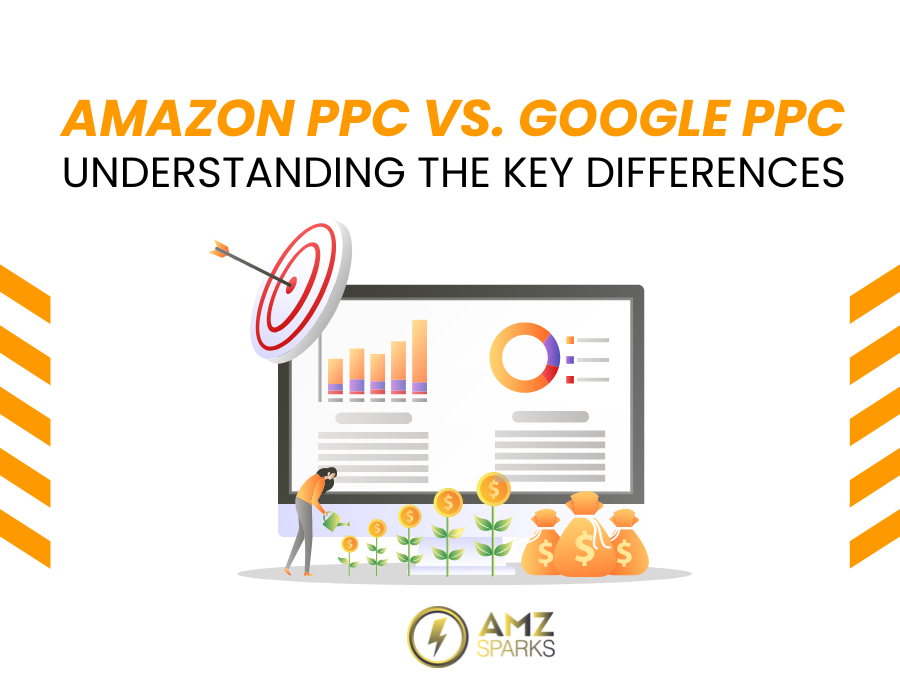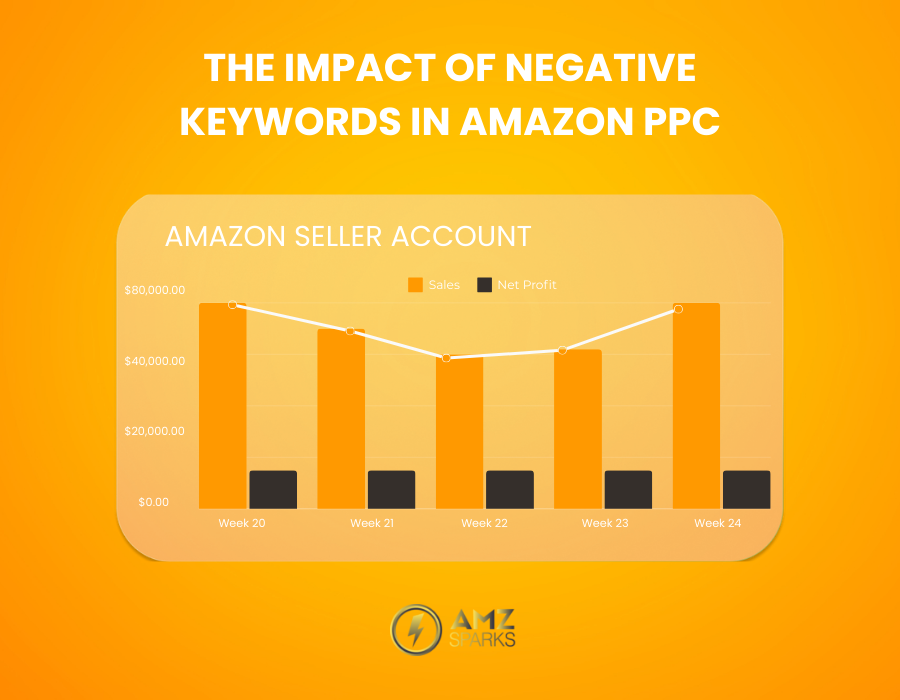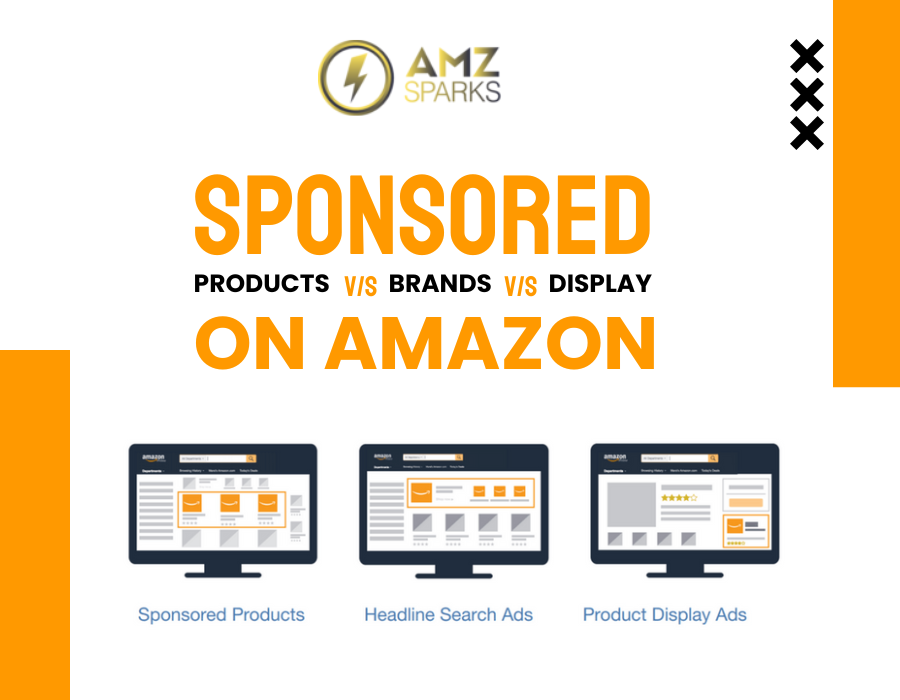Types of PPC Campaigns on Amazon: All You Need To Know
Amazon’s Pay-Per-Click (PPC) advertising is a powerful tool for sellers looking to boost their visibility and sales on the platform. The marketplace boasts over 300 million active customer accounts worldwide, providing a vast audience for businesses. A recent study shows that 56% of product searches start on Amazon, making it a critical space for capturing consumer interest. Understanding the different types of PPC campaigns available on Amazon can significantly enhance your marketing strategy and drive better results. The use of PPC campaigns on Amazon is significant especially to sellers that are struggling to prominence in a busy market. It gives the marketer a window to target potential customers who are already in the market searching for the same products. Sponsored Products Campaigns Sponsored Product campaigns are one of the most frequently used advertising And targeting models within PPC advertising on Amazon. Search ads are displayed in the search network and on the product page, which focuses on the selling of single products. The primary objective is to push sales through electric means by making these products more conspicuous to the targeted clients. Sponsored product ads are a type of advertising initially activated by keywords. Every time a consumer types a sensational term in the search box that relates to your keywords, your ad is likely to appear. These are the keywords that you tender for, and if your bid is among the highest, then your ad is the one that will be shown. The only time you are charged is when the consumer clicks on the ad that you have posted. Advantages of Using Sponsored Products Using Sponsored Products offers several benefits; Your products occupy the crucial spots that are visible to users like on the top of the list. Ads are displayed directly to the consumers who are shopping for goods similar to the ones that you sell. They allow you to set up your budget and bids, varying the amount that you wish to spend altogether. An acceptable way is to follow the results of the ads you placed using the reporting instruments offered to you by Amazon. To get the most out of Sponsored Products campaigns, consider these best practices: Consider appropriate and highly effective keywords. It is advised to use both broad, phrase, and exact types of match. Begin with bidding your ads at industry rates to guarantee they will be shown. It is necessary to exclude potential customers who are not looking for the type of product or service your business offers by applying negative keywords, therefore preserving the budget for more potential clicks. Always check your campaigns’ results. This increases the possibility of transforming the clicks into sales, thus making it a better strategy. Sponsored Brands Campaigns Sponsored Brands that used to be called Headline Search Ads are the PPC ads that contain your brand logo, a particular headline, and several products. It is vital to note that these ads are displayed above the search results, which makes it easier for the targeted shoppers to see them. They are intended for the promotion of brands and products with the help of Internet technology. Key Features and Benefits Sponsored Brands come with several key features: Build a message that will get attention. Advertise a number of products at once in a single ad. Add a logo to increase the brand association of the brand you are promoting. Link it with your custom Amazon Store or any other specific landing page of your choice. Place your brand in the best position possible when the results of the search engine are displayed. Take consumers to your Amazon store or certain products. Promote multiple products simultaneously. Sponsored Display Campaigns Sponsored Display ads are intended both for targeting the buyers on Amazon as well as outside of Amazon. These ads can help segment the clients based on their shopping behavior and are, therefore, an effective way of carrying out retargeting and creating brand loyalty. Sponsored Display ads are distinct from Sponsored Products and Sponsored Brands because the ads can appear both on and off Amazon. Using audience targeting, they are able to target shoppers who have looked at your products or similar products, even when they are on other sites. Benefits The benefits of Sponsored Display include: Target people by their shopping inclinations and tendencies. Target back customers who have browsed your products but may not have bought them. Advertisements can be displayed on Amazon as well as on other internet sites, which enhances brand familiarity. Video Ads on Amazon Video ads are on the rise in the sphere of digital advertising. They grab the attention of the audience immediately and are also helpful in passing a lot of information in a short period, hence suitable for both image advertising and call-to-action advertisements. Types of Video Ads Available on Amazon Amazon offers several types of video ads: Sponsored Brands Video Amazon DSP Video Amazon Streaming TV Ads Product Targeting Ads Product targeting enables you to target your ads to products or categories on Amazon. This helps you reach shoppers who are actively looking at similar products. Target products that are similar to yours and have high traffic. Target products with weaknesses that your product addresses. Broaden your reach by targeting entire categories relevant to your product. Benefits of Product Targeting Ads Target customers with purchase intentions to buy such products are browsing through the related products. Audience targeting should be changed in response to its effectiveness and analysis of rivals. Choose precisely what sites your ads will run on. Automated vs. Manual Campaigns Targeting is the first decision you can make when you launch a PPC campaign on Amazon, and they offer automatic and manual targeting. Each approach has its own set of characteristics and benefits: Automated Campaigns Using advanced keywords and product search, Amazon’s system aims at keywords and products to be listed. Easy to organize for the advertiser and fast to implement. Aim at a large number of keywords and products, possibly finding new opportunities. Relatively
Types of PPC Campaigns on Amazon: All You Need To Know Read More »
